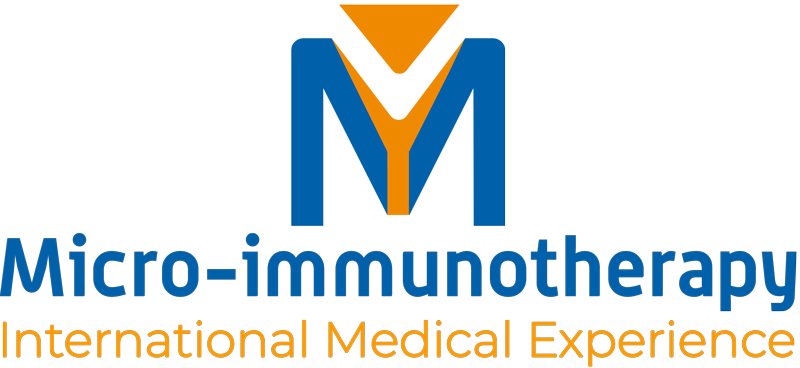Allergic diseases consist of improper inflammatory reactions to antigens and are currently an important healthcare concern, especially considering their increasing worldwide development in recent decades. The “atopic march” defines the paradigm of allergic diseases occurring in chronological order and displaying specific spatial manifestations, as they usually start as atopic dermatitis (AD) and food allergies during infancy and progressively evolve into allergic asthma (AA) and allergic rhinitis (AR) or rhino-conjunctivitis in childhood. Many immune cell subtypes and inflammatory factors are involved in these hypersensitivity reactions. In particular, the T helpers 2 (Th2) subset, through its cytokine signatures made of interleukins (ILs), such as IL-4, IL-5, IL-10, and IL-13, as well as mast cells and their related histamine pathways, contribute greatly to the perpetuation and evolution of the atopic march. By providing low doses (LD) and ultra-low doses (ULD) of ILs and immune factors to the body, micro-immunotherapy (MI) constitutes an interesting therapeutic strategy for the management of the atopic march and its symptoms. One of the aims of this review is to shed light on the current concept of the atopic march and the underlying immune reactions occurring during the IgE-mediated responses. Moreover, the different classes of traditional and innovative treatments employed in allergic diseases will also be discussed, with a special emphasis on the potential benefits of the MI medicine 2LALERG® formulation in this context.
Jacques, C., Floris, I.
National Library of Medicine
